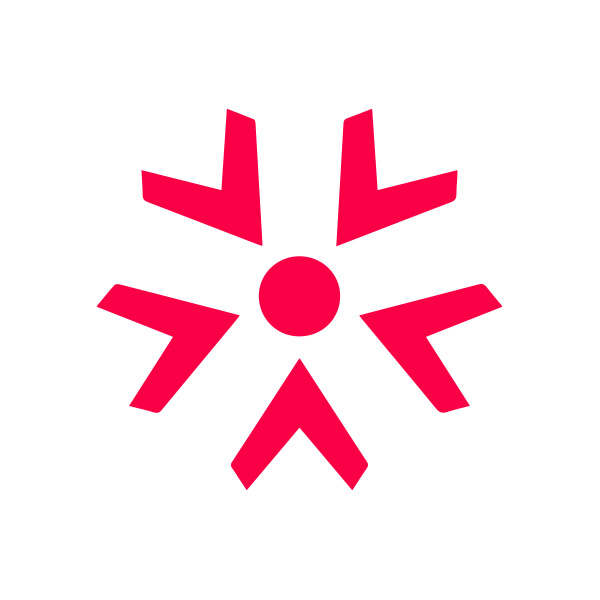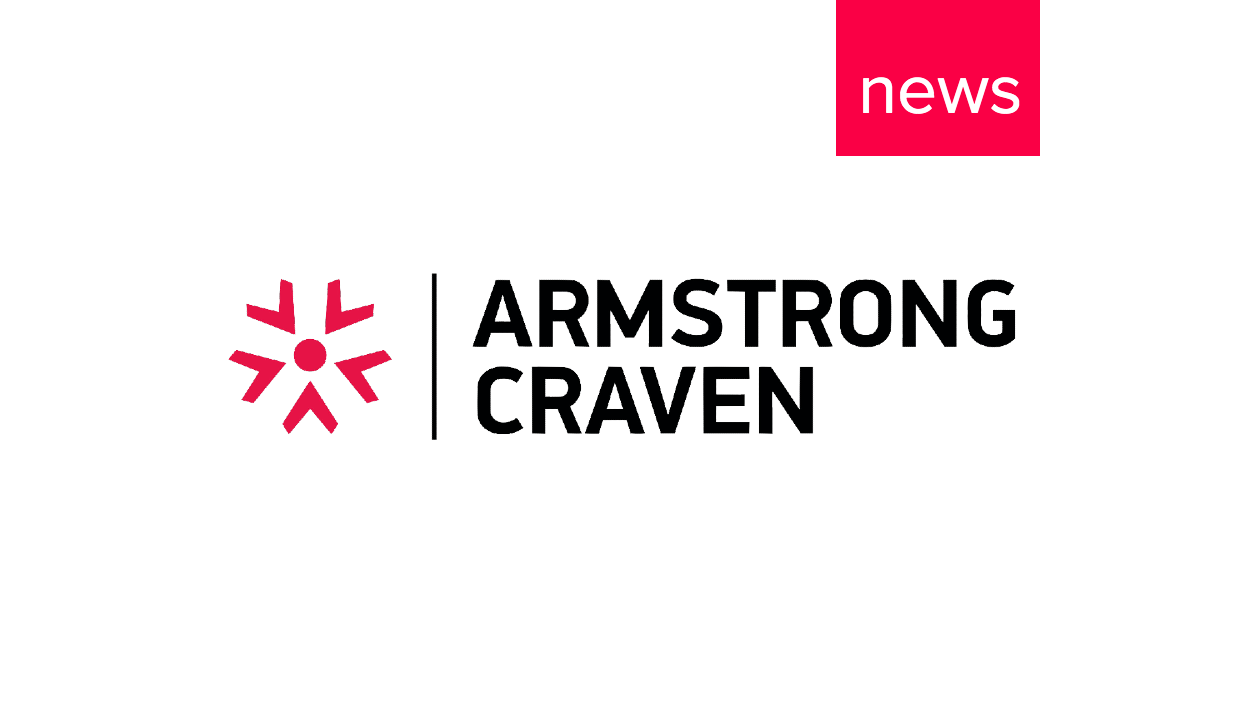The hunt for talent in immuno-oncology
22 Jul, 20164 min
It is not hard to see why the Pharma industry is directing so much energy and innovation into the field of immuno-oncology.
The market for this revolutionary treatment of cancer patients, which focusses on the immune system in the fight against the disease, is vast. The investment bank Jefferies has estimated that sales from such treatments could exceed $50billion by 2025.
What is particularly exciting is that although huge steps in developing treatments have been taken in recent years, the opportunities ahead are even greater.
It does not come as a surprise that the big Pharma players are so desperate to steal a march on their rivals. On the one hand, there is the growing belief that a significant medical breakthrough – or even a cure – could be within reach, something that would be truly transformational in terms of patient outcomes. Alongside this, the financial rewards for achieving a step-change in the treatment of cancer patients are off the graph.
Central to any company’s success in securing and maintaining their place at the forefront of the immuno-oncology revolution is ensuring it attracts the talent best able to drive the desired advances.
In the past year, Armstrong Craven has worked on a number of projects in this area, providing our clients with insight into this market as well as talent mapping and talent pipelining across a range of critical functions.
One project involved us providing our client with a picture of the immuno-oncology landscape across a number of competitors. On this particular occasion, the focus was on the United States and specifically three key functions – Marketing, Sales and Medical Affairs.
The client wanted to gain vital insight into IO talent in the competitor organisations, while also creating a database of relevant individuals for future hiring campaigns.
The insight gathered looked at three key areas: 1) organisational structures, 2) the perception of key IO players in relation to the client’s own brand, and 3) the career motivations, job seeking habits and remuneration of individuals working in the three functions under scrutiny.
In total, we developed a talent bank of over 240 individuals from which emerged a talent pipeline of 27 candidates who could be activated now or in the future.
In addition, the insight was used to feed into organisational design and strategic workforce planning, to inform compensation and benefits decisions as well as feeding into the client’s employer proposition for this scarce talent pool in a very competitive market.
One of the more exciting aspects of the emerging market in immuno-oncology is that the various big players as well as smaller biotechs are at different stages in their development. According to a report by Burning Glass Technologies, the number of IO jobs increased from 650 in early 2014 to almost 2,500 in mid-2015.
With a number of companies gearing up for launch this year and in 2017, the demand for the best talent is set to intensify.
This is particularly the case in the R&D space where companies are considering candidates who are currently working within industry, but also the best talent from academia. Understanding how to reach this talent and how to persuade them to move into a commercial environment presents significant challenges.
The amount of pure IO talent is still extremely scarce which means organisations are giving a lot of thought to utilising existing talent working in other oncology indications into IO. This may help speed up the process of filling vacancies while also assisting with retention if candidates are already familiar with the culture of the organisation in question.
The one thing that is clear is that the battle to secure the best talent in immuno-oncology is set to intensify over the coming months and years. To avoid losing out to competitors, it is essential companies put in place a proactive and strategic approach to talent acquisition. There is a need to understand the motivations of the talent and to ensure the recruitment process is as swift, smooth and flexible as possible but also to gain the required insight into how employers can set themselves apart from each other in this fierce competition of talent attraction.
Speak with an expert
If you want to learn a little more about what we do and how talent research can help you make better-informed business decisions, our team of talent research and consulting specialists are happy to help.






